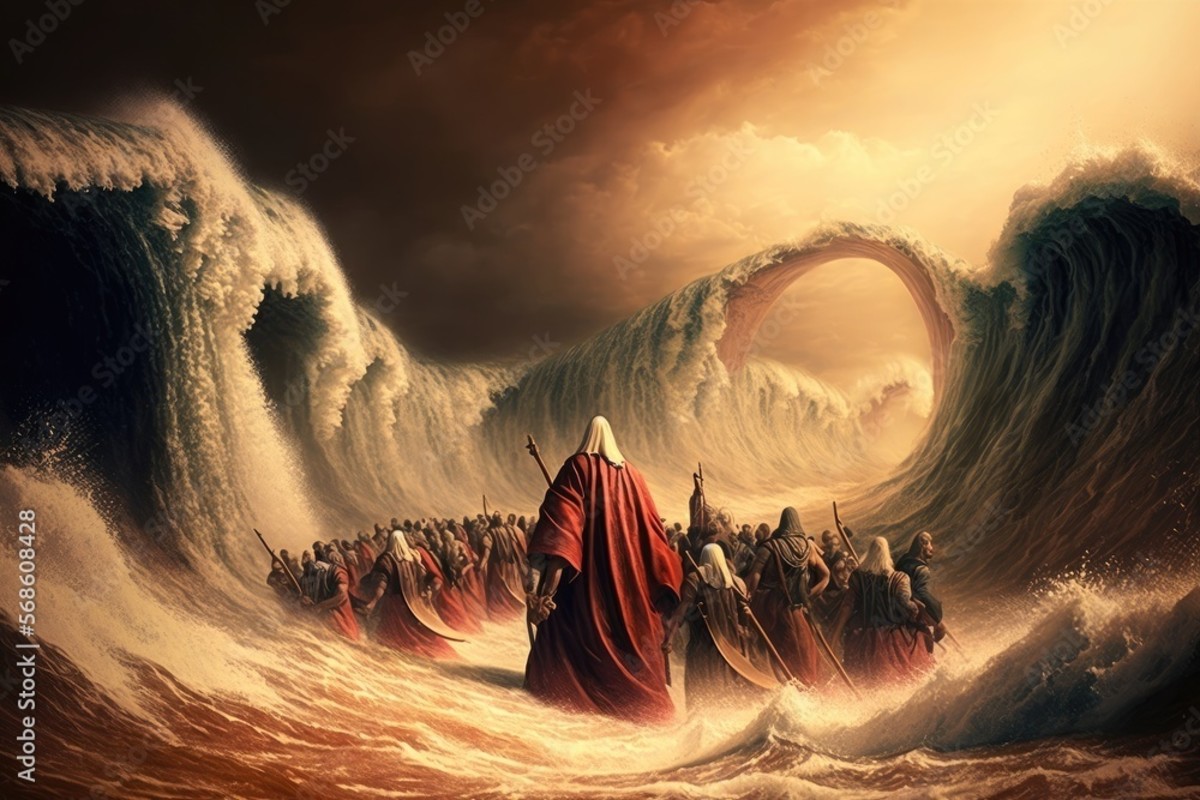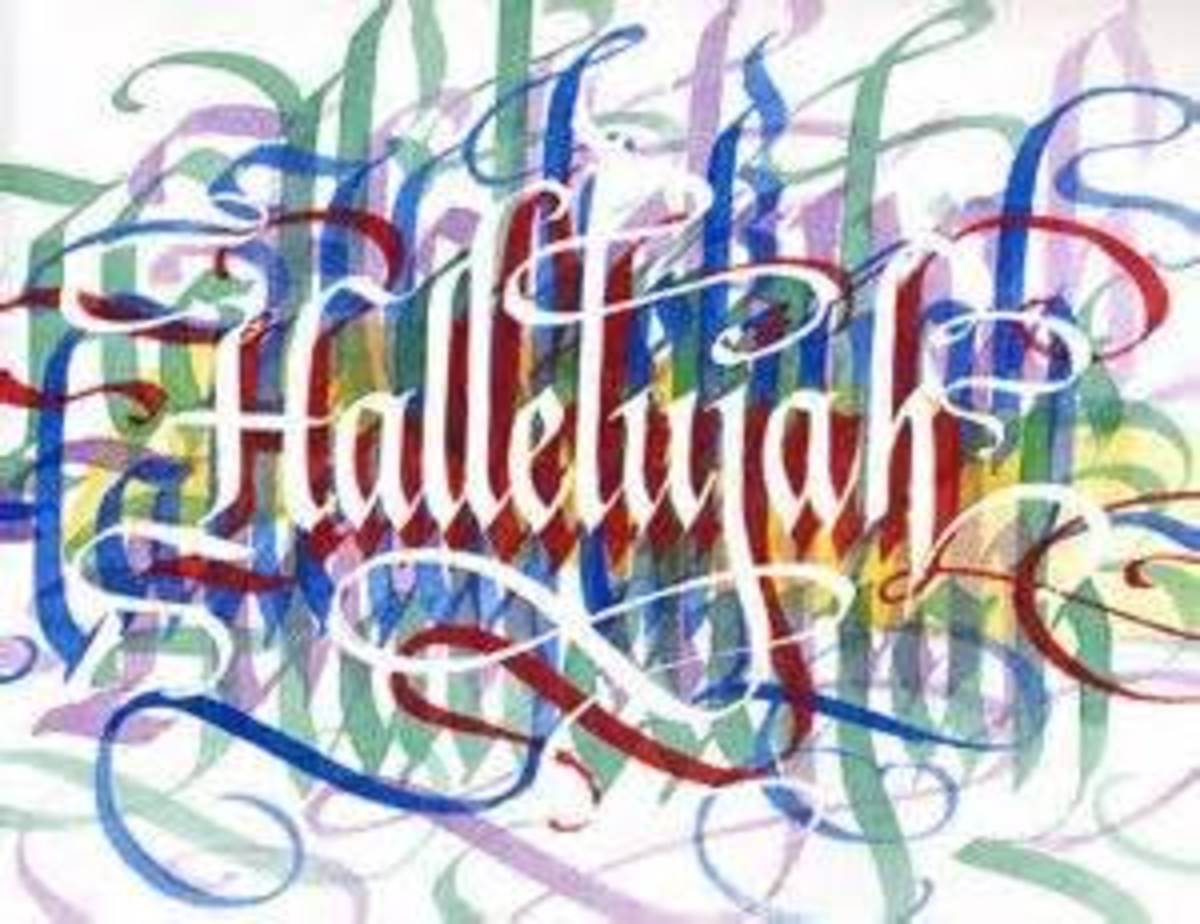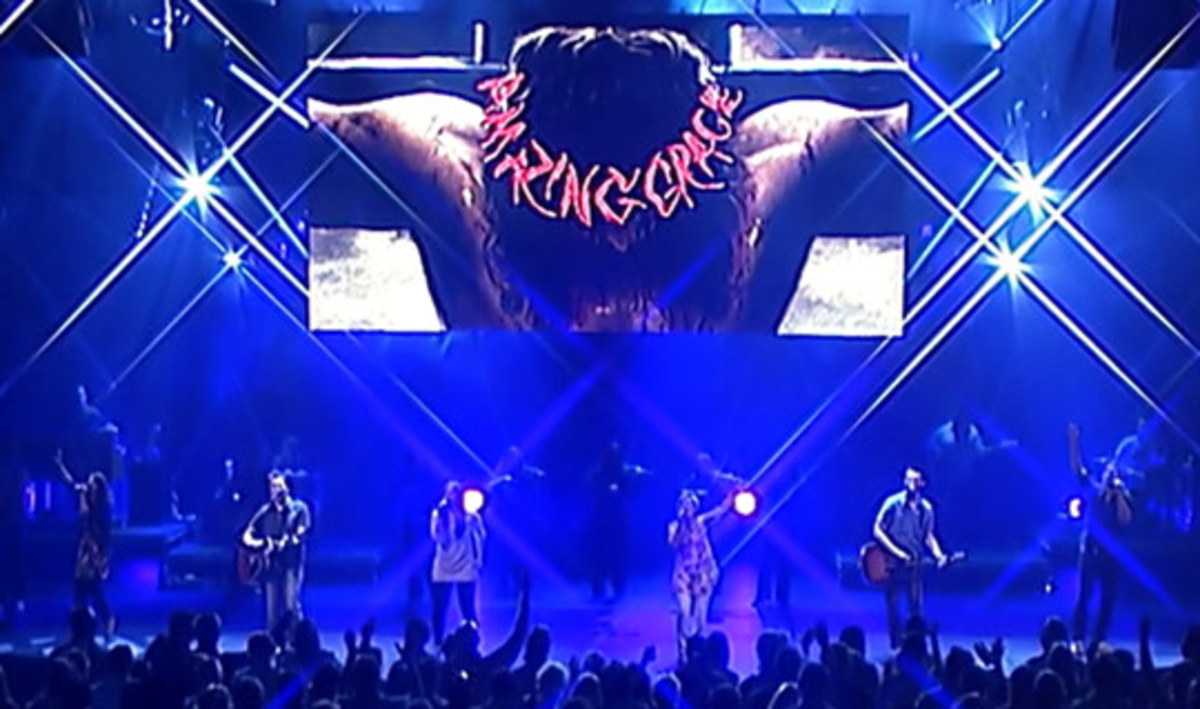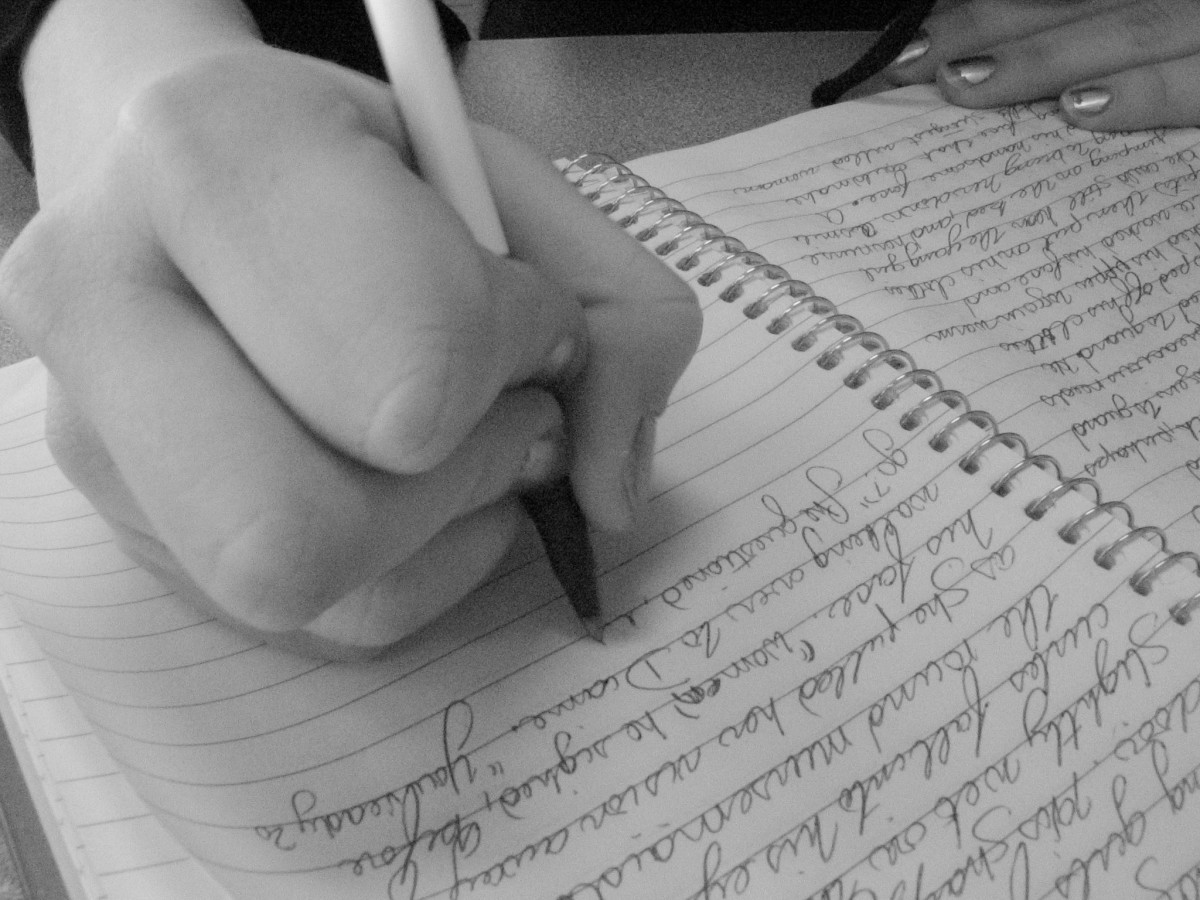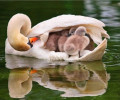Video Commentary on the Hebrew Tabernacle
A Pictorial Look At The Hebrew Tabernacle
![By Illustrators of the 1897 Bible Pictures and What They Teach Us by Charles Foster [Public domain], via Wikimedia Commons By Illustrators of the 1897 Bible Pictures and What They Teach Us by Charles Foster [Public domain], via Wikimedia Commons](https://usercontent2.hubstatic.com/5685611_f520.jpg)
Interesting things to know about the altar.
The Brazen (Bronze) Altar
The bronze altar is described as being made of acacia wood overlaid with bronze. It had four “horns” – one for each corner. The horns were where the blood of the sacrifices were sprinkled. Estimates are that the altar was about 7 ½ feet wide and 4 ½ feet tall.
An Animation Video of the Old Testament Tabernacle
Scripture
Exodus 25:17-21 (KJV) And thou shalt make a mercy seat of pure gold: two cubits and a half shall be the length thereof, and a cubit and a half the breadth thereof. (18) And thou shalt make two cherubims of gold, of beaten work shalt thou make them, in the two ends of the mercy seat. (19) And make one cherub on the one end, and the other cherub on the other end: even of the mercy seat shall ye make the cherubims on the two ends thereof. (20) And the cherubims shall stretch forth their wings on high, covering the mercy seat with their wings, and their faces shall look one to another; toward the mercy seat shall the faces of the cherubims be. (21) And thou shalt put the mercy seat above upon the ark; and in the ark thou shalt put the testimony that I shall give thee.
Observing the Hebrew Tabernacle
A tabernacle simply means “ a dwelling place,” “a tent” or “a sanctuary.” The Old Testament children of God consider it most sacred because it is where God chooses to meet His children, the Israelis. It is their place of worship in the wilderness during their wanderings. God’s glory sits upon this ‘tent.’
If you can see in your mind’s eye yourself traveling through the wilderness of Sinai thousands of years ago, if you can imagine the miracles accompanying the leaving of Egypt after hundreds of years of bondage, if you can visualize, the plagues, the great stories and happenings of Moses, the crossing of the Red Sea, or the Pharaoh’s host being drowned – you might get a partial glimpse of the context of the Tabernacle and its sacred importance.
You might also imagine thousands and thousands of people traveling as one with their animals and their few personal belongings. Now, see Moses coming forth with the news that God has told him to build a tabernacle of worship for their wilderness journeys, and that God gave him the details on how to build it, and that God would visit them there every time it was erected. If you can see this (and we know it sure from a great body of Scriptures – Old and New Testaments), then you get an ideas as to why a study of the Tabernacle is sacred to both Jew and Christian.
The Hebrew Tabernacle as found during the time of Exodus was designed as a transportable worship center for the nomadic Jews. It was in essence a tent draped with colorful curtains. Its shape was a rectangle with a perimeter of staked fabric and poles. When the Hebrews camped, they would erect this tabernacle oriented to the east. At the center of the enclosed rectangle was another rectangular sanctuary, which was draped in goat’s hair curtains. The roof of the sanctuary was made from ram’s skins. The sanctuary was further divided into two areas, the Holy Place and the Most Holy Place. These two divisions were separated by another veil or curtain.
The Holy Place had three pieces of sacred furniture: a seven-branched oil lamp stand on the left facing to the south, , a table for twelve loaves of show bread on the right facing north, and facing west there was an altar for burning incense.
Beyond this curtain was the Most Holy Place, also known as the “Holy of Holies.” This cube-shaped inner room was the ultimate in sacredness. This hallowed space housed a box or cabinet called the “Ark of the Covenant,” where the stone tablets containing the Ten Commandments were placed. The contents of this ark are revealed in Hebrews 9:1-5:
Heb 9:1-5 Now the first covenant had regulations for worship and also an earthly sanctuary. (2) A tabernacle was set up. In its first room were the lampstand, the table and the consecrated bread; this was called the Holy Place. (3) Behind the second curtain was a room called the Most Holy Place, (4) which had the golden altar of incense and the gold-covered ark of the covenant. This ark contained the gold jar of manna, Aaron's staff that had budded, and the stone tablets of the covenant. (5) Above the ark were the cherubim of the Glory, overshadowing the atonement cover. But we cannot discuss these things in detail now. (NIV Bible)
The design of the tabernacle had significance in the future design of the Jewish temple and of the synagogues that followed. It was central to the worship life of the Hebrew, and it is also central in symbolism to Christian worship today.
At the death of Christ, the Bible says the veil of the temple was rent in two. This veil represented a “wall of separation” from the common man and God. The message is that all people through Christ can now approach God’s mercy seat and find help in the time of need.
Pictoral Illustration of the Ark of the Covenant

Israel at Camp & Tabernacle

Jesus and the Tabernacle
Seeing the Tabernacle Laver

Illustration of the Laver
The Laver was a large bronze basin containing water. The Bible does not record its size or dimensions. Having entered through the Entrance into the Tabernacle's Outer Court, the priests were required to wash their hands and feet at the Laver before they could either enter into the Sanctuary Building or make any offering to the LORD at the Burnt Offering Altar. God warned Moses that if the priests did not wash they would die (Exodus 30:20-21).
Exodus 30:20-21 When they go into the tabernacle of the congregation, they shall wash with water, that they die not; or when they come near to the altar to minister, to burn offering made by fire unto the LORD: (21) So they shall wash their hands and their feet, that they die not: and it shall be a statute for ever to them, even to him and to his seed throughout their generations.
Illustration of the golden lampstand

The golden lampstand
This golden lampstand was beautiful and very symbolic. It was made of pure gold and fueled by olive oil to each of its seven branches. It looks like a plant with branches.
Book Recommendation
Table of Showbread

The table of showbread was a little table made of acacia wood and overlaid with pure gold. It measured 3 feet by 1.5 feet and was 2 feet, 3 inches high. It stood on the right side of the Holy Place across from the lampstand and held 12 loaves of bread, representing the 12 tribes of Israel.



